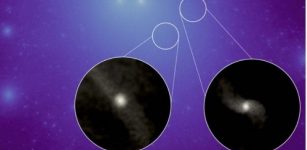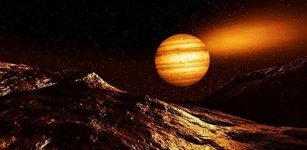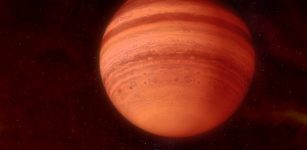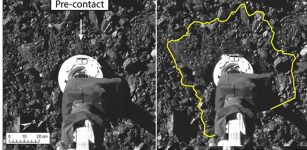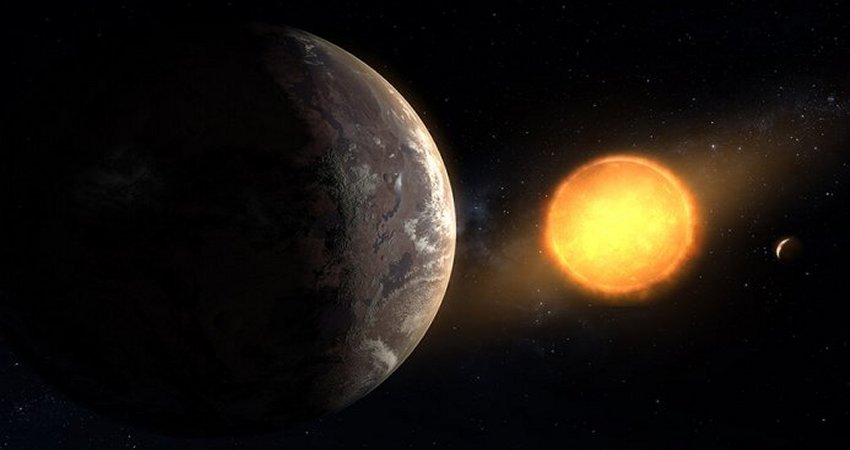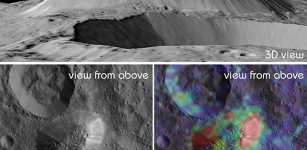Salt On The Surface Of Jupiter’s Moon Europa
Eddie Gonzales Jr. – MessageToEagle.com – Using a visible light spectral analysis, planetary scientists at Caltech and the Jet Propulsion Laboratory, which Caltech manages for NASA, have discovered salt on the surface of Jupiter’s moon Europa.
The discovery suggests that the salty subsurface ocean of Europa may chemically resemble Earth’s oceans more than previously thought.
 Tara Regio is the yellowish area to left of center, in this NASA Galileo image of Europa’s surface. This region of geologic chaos is the area researchers identified an abundance of sodium chloride. Credit: NASA/JPL/University of Arizona
Tara Regio is the yellowish area to left of center, in this NASA Galileo image of Europa’s surface. This region of geologic chaos is the area researchers identified an abundance of sodium chloride. Credit: NASA/JPL/University of Arizona
Previous flybys from the Voyager and Galileo spacecraft have led scientists to conclude that Europa is covered by a layer of salty liquid water encased by an icy shell.
Galileo’s spectrometer found water ice and a substance that appeared to be magnesium sulfate salts — like Epsom salts, which are used in soaking baths. Since the icy shell is geologically young and features abundant evidence of past geologic activity, it was suspected that whatever salts exist on the surface may derive from the ocean below.
“We thought that we might be seeing sodium chlorides, but they are essentially featureless in an infrared spectrum,” Mike Brown, the Richard and Barbara Rosenberg Professor of Planetary Astronomy at Caltech and co-author of the paper, said in a press release.
However, Kevin Hand at JPL had irradiated ocean salts in a laboratory under Europa-like conditions and found that several new and distinct features arise after irradiation, but in the visible portion of the spectrum. He found that the salts changed colors and for example, turned a shade of yellow similar to that visible in a geologically young area of Europa known as Tara Regio.
“Sodium chloride is a bit like invisible ink on Europa’s surface. Before irradiation, you can’t tell it’s there, but after irradiation, the color jumps right out at you,” said Hand, scientist at JPL and co-author of the paper.
“No one has taken visible wavelength spectra of Europa before that had this sort of spatial and spectral resolution. The Galileo spacecraft didn’t have a visible spectrometer. It just had a near-infrared spectrometer,” says Caltech graduate student Samantha Trumbo, the lead author of the paper.
By taking a close look with the Hubble Space Telescope, Brown and Trumbo were able to confirm that the yellow color of Tara Regio reflected the presence of irradiated sodium chloride on the surface.
“Magnesium sulfate would simply have leached into the ocean from rocks on the ocean floor, but sodium chloride may indicate that the ocean floor is hydrothermally active,” Trumbo says. “That would mean Europa is a more geologically interesting planetary body than previously believed.”
Written by Eddie Gonzales Jr. – MessageToEagle.com Staff

